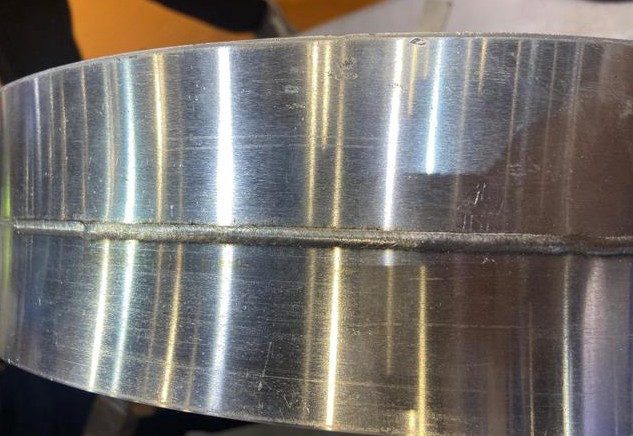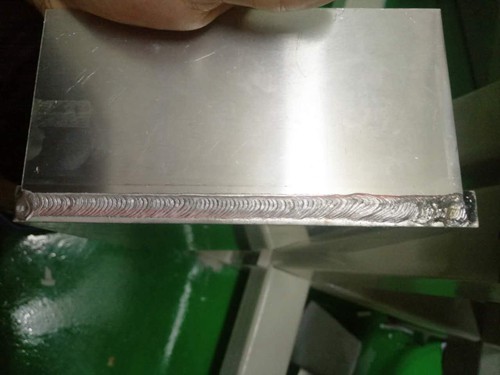Aluminum is the most popular material for aircraft construction because of its light weight, high strength and corrosion resistance. For these reasons aluminum is widely used in the manufacture of vehicles and airplanes, as well Therefore, it is not only important to know how to weld aluminum plate but also it’s necessary to know how to weld aluminum without a torch.

In this article we will explain some basic welding techniques that you should learn when you want to weld aluminum plate or sheet metal. You can use oxy-acetylene or MIG welding equipment for this purpose.
Three common methods of welding aluminum sheets
1 – Arc Weld This technique is commonly used for welding aluminum without a torch. Welding with this method requires you to preheat the metal first, then put your electrode into contact with the molten pool of metal and finally bring it up to produce heat by touching the tip of your electrode to the molten pool. The downside of this method is that it can be more dangerous because there are chances of getting burns on your hand while working as well as in some cases electric shock due to improper electrical supply system.
2 – Shielded Arc Welding This is another method that can be used for welding aluminum without a torch. In this technique, the electrode wires are placed in an arc gap between the work piece and shielding gas. The flux core is positioned between the electrodes so that it melts at a lower temperature than the metal. This technique is one of the most widely used techniques because of its simplicity, safety and low cost as well as it produces less heat than MIG welding which makes it easier to handle.

3 – Gas tungsten arc welding (GTAW) Technically, this technique is also known as shielded metal arc welding and it involves the use of a special type of electrode called a tungsten electrode which is heated by an electric current through a small wire called the feeder. The work piece is placed between the electrodes and then held in place with clamps or other fixtures. When you switch on your torch, a small amount of high-pressure gas enters the area between the torches tip and electrodes where it generates heat .
